Understanding the Support Needs for a Person with a Physical Disability: A Comprehensive Guide
Living with a physical disability presents unique challenges, affecting mobility, daily activities, and overall independence. However, with the right support systems, assistive technology, and accessible environments, individuals can lead fulfilling, independent, and empowered lives.
Disability support services play a vital role in removing barriers and enhancing quality of life, offering assistance in areas such as personal care, mobility, home modifications, and community participation.
By understanding and addressing these essential needs, we can create a society where individuals with physical disabilities have the resources, support, and opportunities to thrive.
Whether you or a loved one require assistance, St Jude’s is committed to delivering personalised, compassionate support to help individuals live life to the fullest.
What is a physical disability?
A physical disability refers to a limitation on a person’s physical functioning, mobility, dexterity, or stamina. These disabilities can be congenital (present from birth) or acquired later in life due to injury, illness, or degenerative conditions. The impact of physical disabilities varies widely, ranging from mild impairments to significant mobility restrictions.
Causes of physical disabilities
Physical disabilities can arise from a variety of factors, including genetic conditions, injuries, illnesses, and degenerative diseases.
Some individuals are born with disabilities (congenital), while others develop them later in life due to accidents, medical conditions, or age-related changes.
Understanding the different causes of physical disabilities can help in identifying the right support and interventions to improve quality of life.
Congenital causes
These are disabilities present at birth and can result from genetic disorders, developmental issues during pregnancy, or complications during childbirth. Examples include cerebral palsy and spina bifida.
Acquired causes
These disabilities occur after birth and can result from various factors, including:
- Injuries: Traumatic events such as car accidents or falls can lead to disabilities like spinal cord injuries or limb amputations.
- Illnesses: Diseases such as multiple sclerosis, muscular dystrophy, or arthritis can cause progressive physical impairments.
- Degenerative conditions: Age-related conditions like osteoarthritis can lead to decreased mobility and physical function.
The impact of physical disabilities
The effects of physical disabilities on individuals’ lives can vary widely, depending on factors such as the type and severity of the disability, available support systems, and environmental accessibility.
While some individuals may experience mild limitations that require minimal adaptations, others may face significant mobility challenges that affect multiple aspects of daily life.
Here are some key areas where physical disabilities can have an impact:
- Mobility limitations: Some individuals may require assistive devices like wheelchairs or walkers to move around.
- Daily living activities: Tasks such as dressing, bathing, or cooking might become challenging without appropriate support.
- Employment challenges: Physical disabilities can affect job performance or limit the types of work an individual can perform, necessitating workplace accommodations.
- Social participation: Barriers in the environment or societal attitudes can hinder full participation in social and recreational activities.
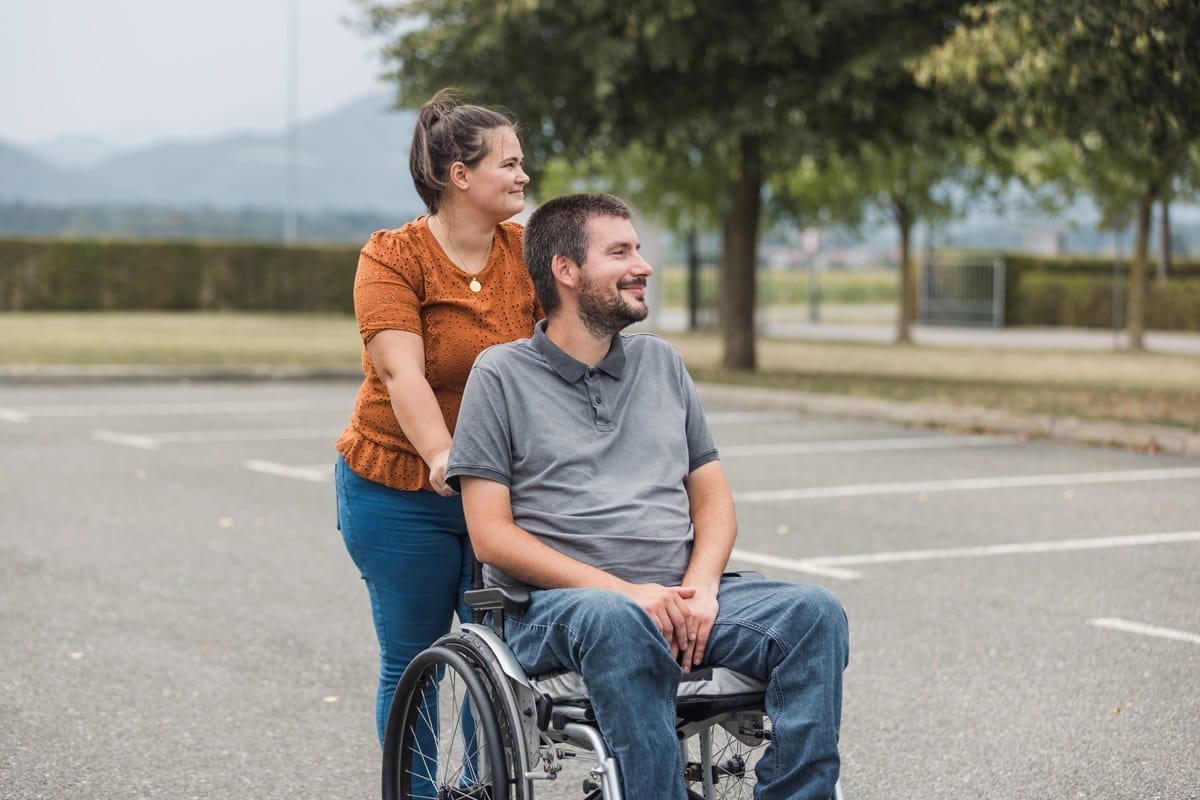
What are the common types of physical disabilities?
A physical disability can impact a person’s mobility, coordination, and ability to perform everyday activities.
These disabilities may be congenital (present from birth) or acquired later due to injury, illness, or degenerative conditions. While physical disabilities vary in severity and impact, they often require support to enhance independence and quality of life.
Below are some of the most common types of physical disabilities and how they affect individuals:
Neuromuscular disorders
Neuromuscular disorders are conditions that affect the nerves, muscles, or the communication between them, leading to weakness, loss of movement, or muscle wasting.
These conditions can be progressive (worsening over time) or static (remaining stable but still limiting function).
[H4] Examples of neuromuscular disorders:
- Muscular Dystrophy (MD): A group of genetic conditions that cause progressive muscle weakness and degeneration. The most common type, Duchenne muscular dystrophy, primarily affects boys and leads to loss of mobility over time.
- Multiple Sclerosis (MS): An autoimmune disorder in which the immune system attacks the protective covering of nerves (myelin), leading to muscle weakness, coordination problems, and fatigue.
- Cerebral Palsy (CP): A group of movement disorders caused by brain damage before, during, or shortly after birth. It can affect muscle tone, posture, and coordination, sometimes requiring mobility aids or personal care support.
- Motor Neurone Disease (MND): A rare but severe condition that gradually weakens muscles, leading to difficulty walking, speaking, and breathing.
Impact on daily life
Individuals with neuromuscular disorders may experience:
- Muscle weakness and difficulty with movement
- Balance and coordination issues
- Speech or swallowing difficulties
- Progressive loss of mobility requiring assistive devices
How disability support services help
- Providing physiotherapy and occupational therapy to maintain muscle function
- Assisting with mobility aids like wheelchairs, orthotics, or walking frames
- Offering personal care support for daily activities
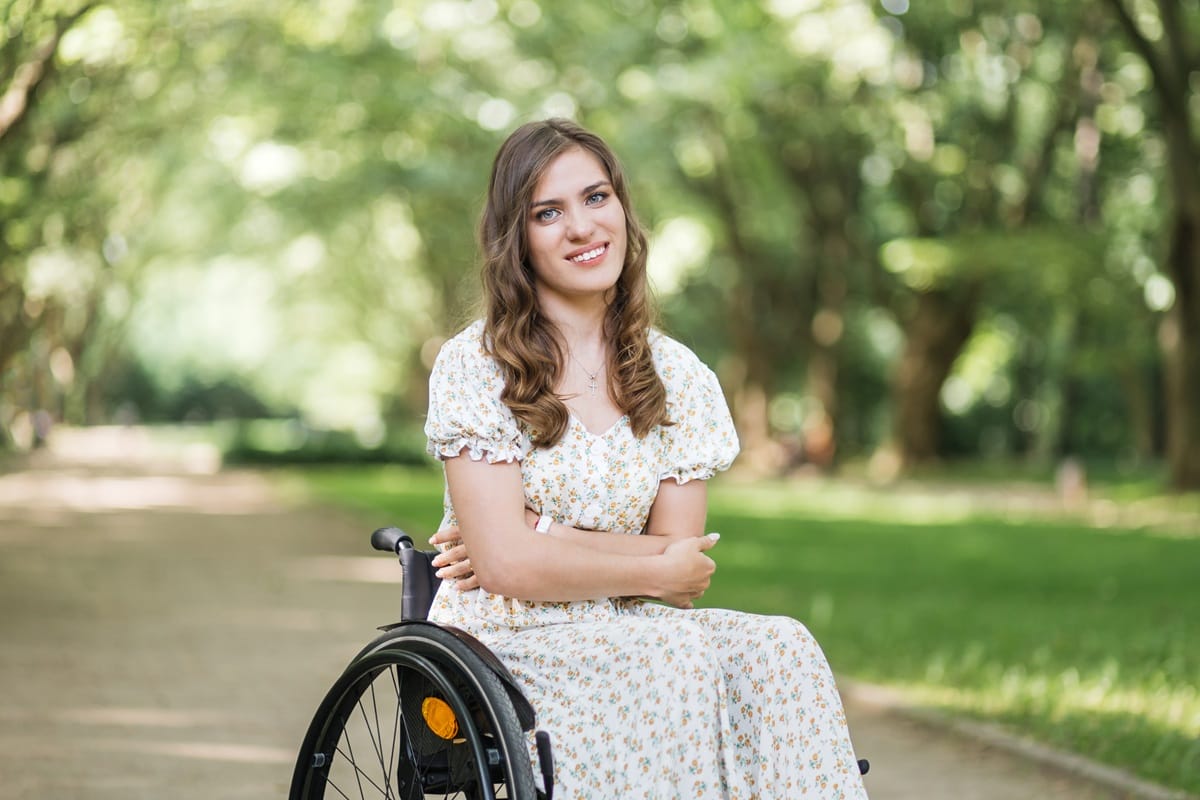
Spinal cord injuries (SCI)
A spinal cord injury occurs when the spinal cord is damaged, leading to a loss of movement, sensation, or both. The severity of the injury depends on where along the spine the damage occurs and whether it is complete (total loss of function) or incomplete (some function remains).
Types of spinal cord injuries
- Paraplegia: Affects movement in the lower half of the body, including the legs.
- Quadriplegia (Tetraplegia): Affects movement in both the arms and legs, often requiring high levels of personal support.
Impact on daily life
- Loss of mobility, requiring wheelchairs or adaptive equipment
- Reduced bladder and bowel control, necessitating medical support
- Risk of pressure sores and circulation issues
- Challenges in performing daily tasks independently
How disability support services help
- Home modifications (ramps, stairlifts, accessible bathrooms) to improve independence
- Carer assistance with personal care and daily activities
- Accessible transportation services for mobility and social participation
Limb differences or amputations
Some individuals are born with limb differences due to congenital conditions, while others may experience amputations due to accidents, infections, or medical conditions such as diabetes.
Common causes of amputations
- Trauma – Severe accidents, burns, or crush injuries
- Vascular diseases – Poor circulation from diabetes or peripheral artery disease
- Cancer – Tumours affecting the limbs
- Infections – Severe infections that require removal of affected limbs
Impact on daily life
- Difficulty with balance and mobility
- Challenges in performing tasks like dressing or cooking
- Phantom limb pain (a sensation of pain in the missing limb)
- The need for prosthetics or adaptive equipment
How disability support services help
- Assisting with prosthetic fittings and training
- Providing physiotherapy and rehabilitation to regain mobility
- Offering home and workplace accommodations for accessibility
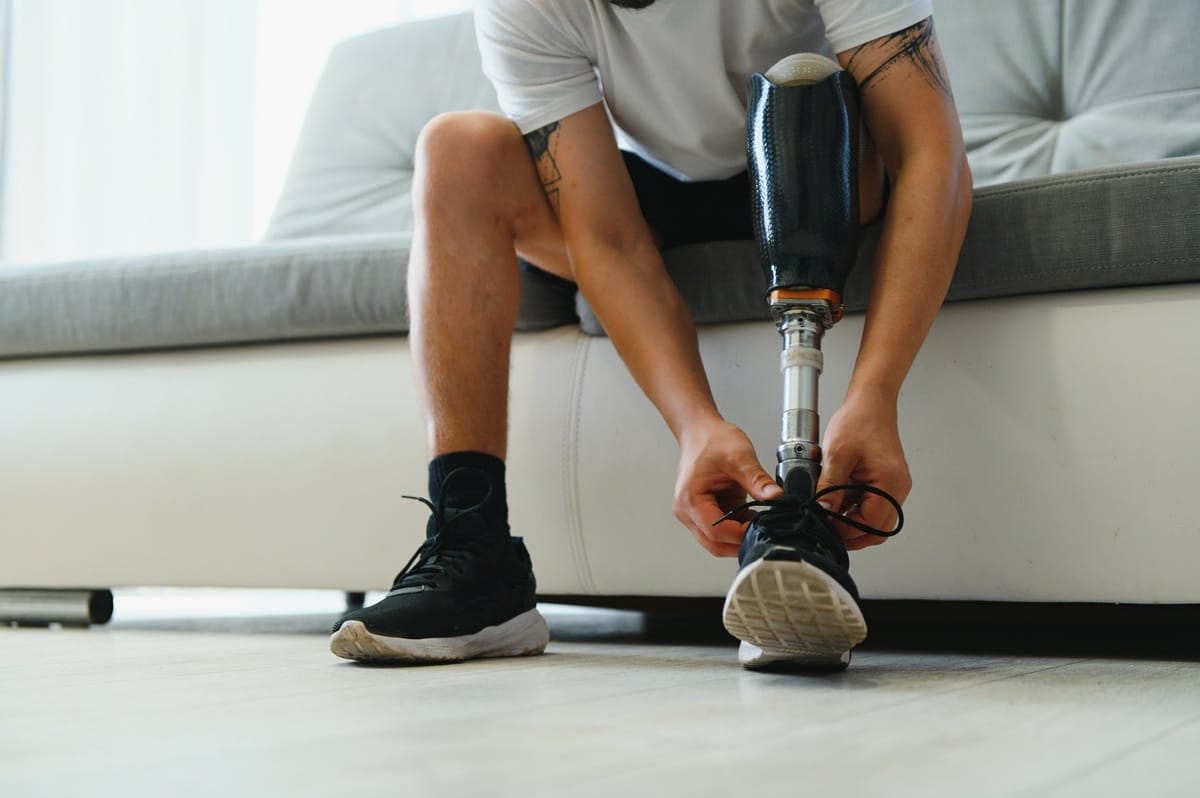
Arthritis and joint conditions
Arthritis is a broad term covering conditions that cause joint inflammation, pain, and stiffness. It can limit movement and impact daily activities, particularly in older adults.
Common types of arthritis:
- Rheumatoid Arthritis (RA): An autoimmune disease causing chronic joint inflammation, often leading to deformities and reduced mobility.
- Osteoarthritis (OA): A degenerative condition where cartilage wears down over time, causing pain and stiffness in the joints.
- Ankylosing Spondylitis (AS): A type of arthritis that affects the spine, leading to pain, stiffness, and reduced flexibility.
Impact on daily life
- Chronic pain and stiffness, limiting movement
- Difficulty with tasks like gripping, walking, or bending
- Increased fatigue and reduced stamina
- The need for joint replacements or physical therapy
How disability support services help
- Pain management programs (physiotherapy, hydrotherapy, medication)
- Assistive technology like ergonomic tools or mobility aids
- Support workers to assist with daily tasks
Chronic pain and fatigue conditions
Chronic pain and fatigue conditions can limit physical activity and overall quality of life. These conditions often have no visible symptoms but can cause severe impairment.
Common chronic pain and fatigue conditions
- Fibromyalgia: A disorder causing widespread pain, fatigue, and sleep disturbances.
- Chronic Fatigue Syndrome (CFS/ME): A condition leading to extreme fatigue that doesn’t improve with rest.
- Complex Regional Pain Syndrome (CRPS): A condition that causes severe, persistent pain in a limb after an injury.
Impact on daily life
- Persistent pain affecting mobility and activity levels
- Fatigue leading to difficulty in work and social participation
- Sensitivity to touch, temperature, and movement
- Mental health challenges, including anxiety or depression
How disability support services help
- Pain management therapy (physiotherapy, medication, lifestyle modifications)
- Support workers to assist with daily activities
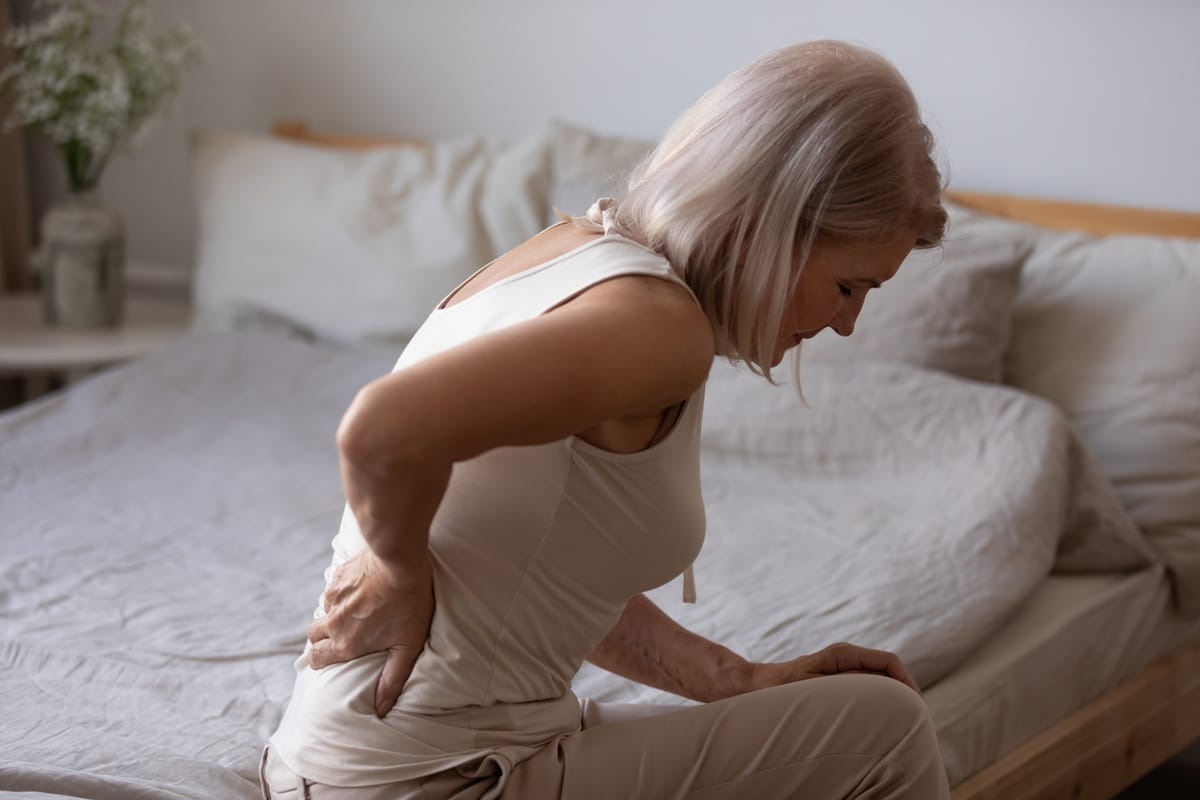
Regardless of the condition, individuals with physical disabilities often require various forms of support and home and living options to ensure they can live independently and participate fully in society.
Key support needs for a person with a physical disability
Every individual’s support requirements vary based on the severity of their disability and their personal circumstances. Below are some of the most common support needs for a person with a physical disability and how they can be addressed.
1. Mobility assistance
For many people with physical disabilities, mobility is one of the biggest challenges. Support in this area can come in various forms:
- Mobility aids – Wheelchairs, walking frames, prosthetics, and scooters help individuals move independently.
- Accessible transport – Modified vehicles, public transport accessibility, and taxi services with wheelchair access are crucial.
- Support workers – Carers or support workers can assist with movement, whether at home, in the community, or at work.
How disability support services help
NDIS-funded services, such as St Jude’s disability support, provide mobility support, helping individuals access transport, obtain assistive technology, and receive hands-on assistance from support workers.

Personal care and daily living support
Many individuals require assistance with daily tasks such as bathing, dressing, eating, and using the toilet. Personal care support ensures dignity, hygiene, and comfort.
- Assistance with hygiene and grooming – Support workers can help with showering, dressing, and personal grooming.
- Meal preparation and feeding support – For those who struggle with food preparation or eating independently.
- Toileting and continence support – Ensuring proper hygiene and comfort for those needing help in this area.
How disability support services help
Through personal care support programs, disability service providers ensure individuals receive assistance while maintaining autonomy and dignity.
Home modifications and accessibility
An accessible living environment is essential for promoting independence, safety, and comfort for individuals with physical disabilities. The home should be designed or modified to remove barriers, allowing for ease of movement and functionality in daily activities.
For someone with a physical disability, certain aspects of traditional home design—such as narrow doorways, high kitchen counters, or steep staircases—can limit their ability to move freely and perform everyday tasks. Implementing home modifications ensures that individuals can navigate their living space safely, reducing the risk of falls, injuries, and unnecessary dependence on others.
Home modifications for a person with a physical disability may include:
- Ramps and stairlifts – For wheelchair users or those with mobility limitations.
- Widened doorways – Accommodating wheelchairs and walking aids.
- Bathroom modifications – Installing grab bars, walk-in showers, and adjustable sinks.
- Smart home technology – Voice-controlled lighting, automated doors, and adapted appliances.
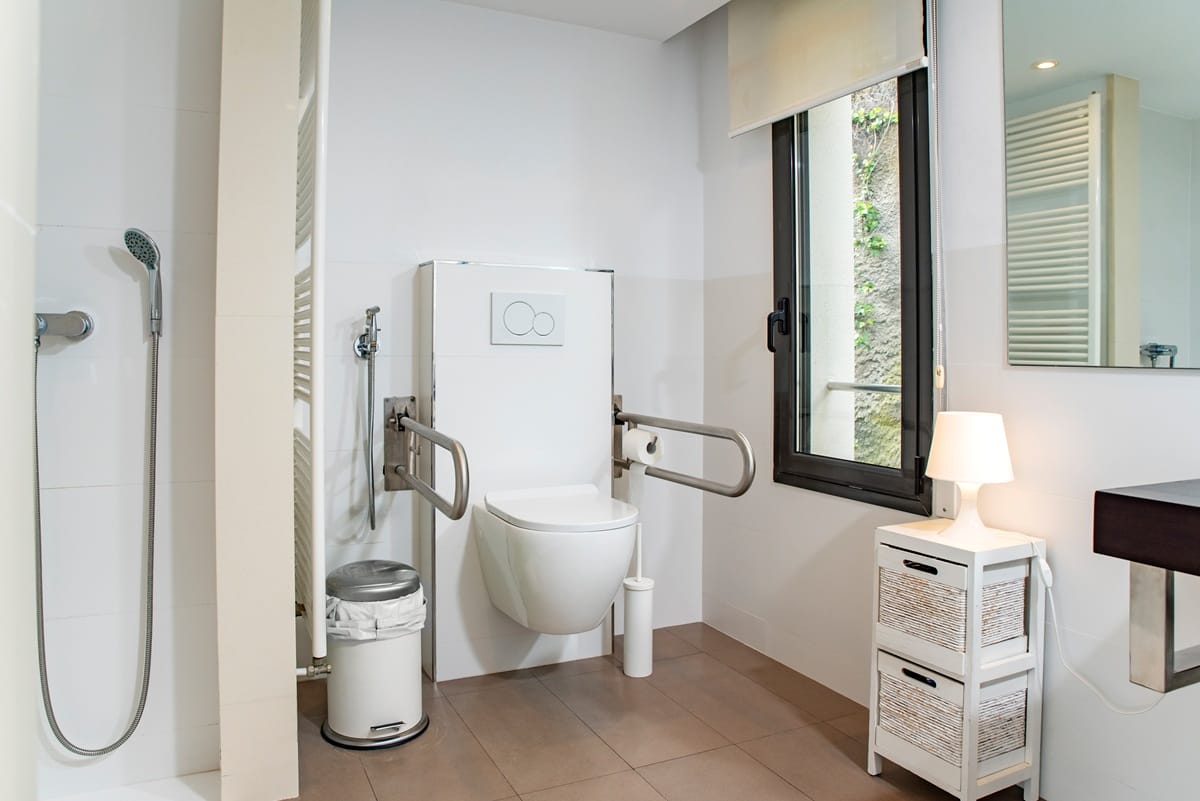
How disability support services help
The NDIS provides funding for Specialist Disability Accommodation (SDA) and/or home modifications to make living spaces safer and more functional for people with disabilities.
To read more: How do you qualify for housing under the NDIS?
Employment and education support
Equal access to education and employment is a fundamental right for all individuals, including those with physical disabilities. However, traditional learning environments and workplaces often contain barriers that make it difficult for individuals with disabilities to fully participate.
Support services play a critical role in creating inclusive, accessible environments that empower individuals with physical disabilities to achieve their academic and career goals.
Here are some strategies for more inclusive workplaces:
- Workplace modifications – Ergonomic chairs, adjustable desks, and accessible workspaces.
- Assistive technology – Speech-to-text software, adaptive keyboards, and screen readers.
- Flexible work arrangements – Remote work, adjusted hours, and job-sharing options.
- Educational support – Specialised learning materials, modified classrooms, and in-classroom support.
How disability support services help
Providers like St Jude’s assist individuals with career support, workplace modifications and reasonable adjustments, and skill development to improve employability.
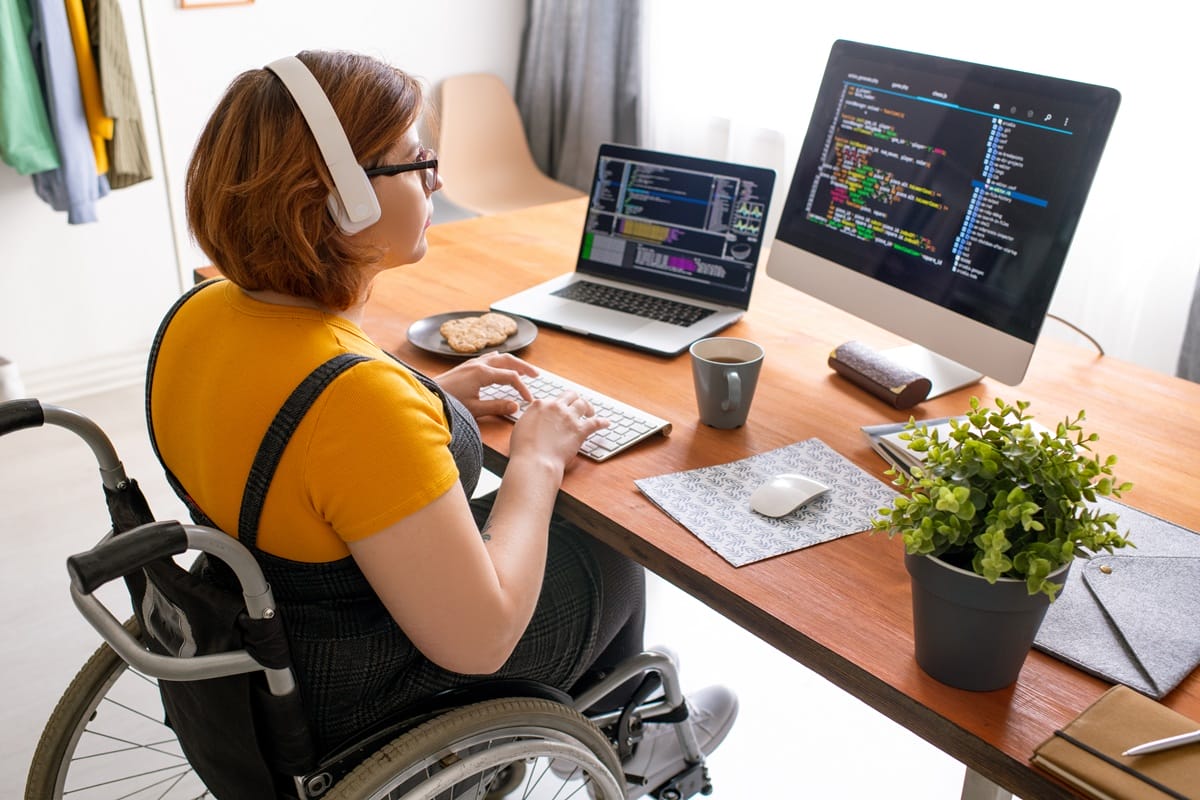
Social and community participation
Engaging in social and recreational activities is essential for maintaining mental well-being, emotional health, and overall quality of life. These activities provide opportunities for connection, self-expression, and personal fulfilment, helping to combat feelings of isolation and loneliness.
- Accessible community facilities – Ensuring venues, parks, and recreational centres are inclusive.
- Companion support – Assistance from support workers to attend events, social outings, and hobbies.
- Inclusive sports and activities – Adaptive sports like wheelchair basketball, swimming, and dance programs.
How disability support services help
NDIS-funded community participation programs help individuals access social opportunities and connect with peers.
Health and well-being support
Managing a physical disability often involves ongoing medical care, therapy, and lifestyle adjustments.
- Physiotherapy and rehabilitation – Essential for maintaining mobility and preventing further complications.
- Occupational therapy – Helping individuals develop skills for daily living.
- Mental health support – Addressing emotional well-being, as physical disabilities can sometimes lead to anxiety or depression.
- Dietary and exercise programs – Tailored nutrition and fitness plans to enhance health.
How disability support services help
St Jude’s and other providers offer allied health services, including therapy and mental health support, to improve overall well-being.
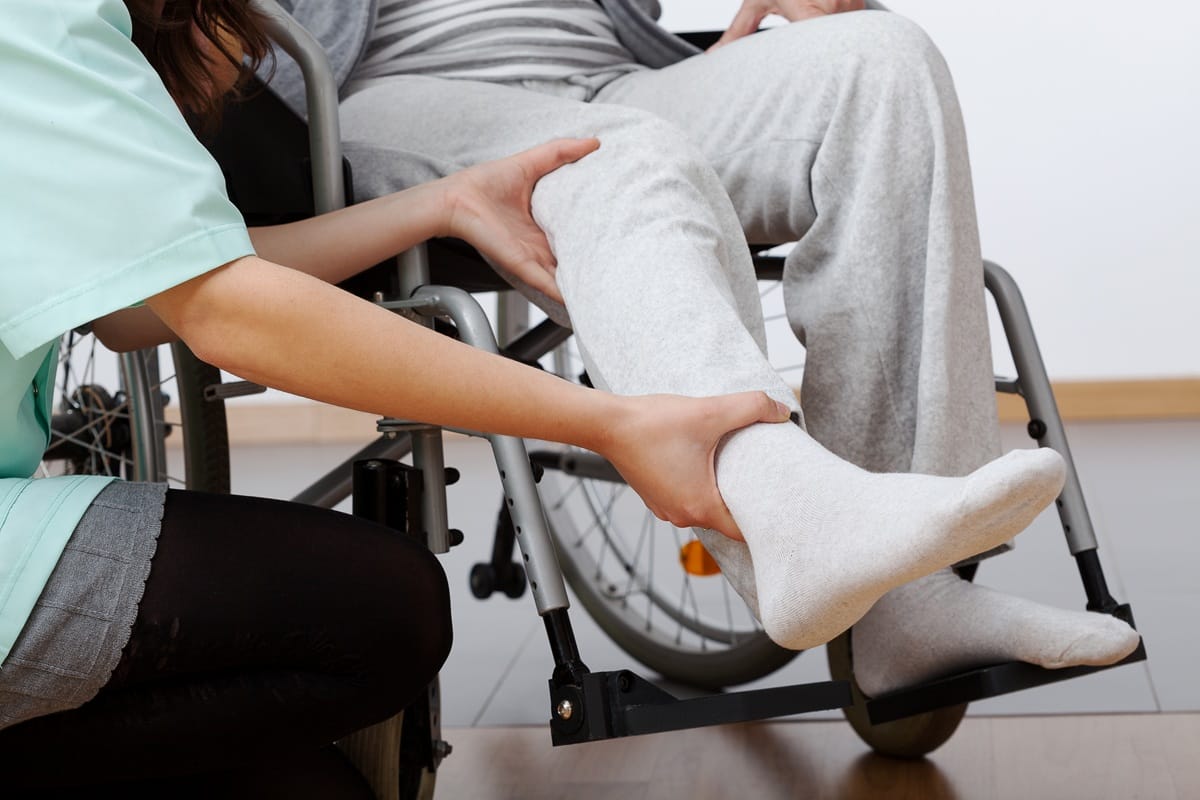
How to access disability support services in Australia
For Australians with a physical disability, the National Disability Insurance Scheme (NDIS) is the primary funding source for disability support.
Steps to access NDIS support
- Check eligibility – Must be under 65 years old and have a permanent, significant disability that impacts your daily life.
- Apply for NDIS – Submit an application through the NDIS website or with help from a Local Area Coordinator (LAC).
- Develop a support plan – Work with a NDIS planner to outline personal goals and required support.
- Choose a provider – Select a registered NDIS provider, like St Jude’s, to access disability services in line with the goals outlined on your NDIS plan.
For older Australians (65+), aged care services can provide similar support.
Empowering independence: Meeting the support needs of people with physical disabilities
Understanding the support needs for a person with a physical disability is essential in ensuring they can live independently, participate fully in society, and achieve their personal goals.
From mobility assistance and personal care to employment support and health services, the right accommodations can make a significant difference.
Disability support providers like St Jude’s play a vital role in delivering personalised care and assistance, ensuring individuals receive the support they need to thrive.
If you or a loved one requires disability support, reach out to St Jude’s today to explore how we can help.